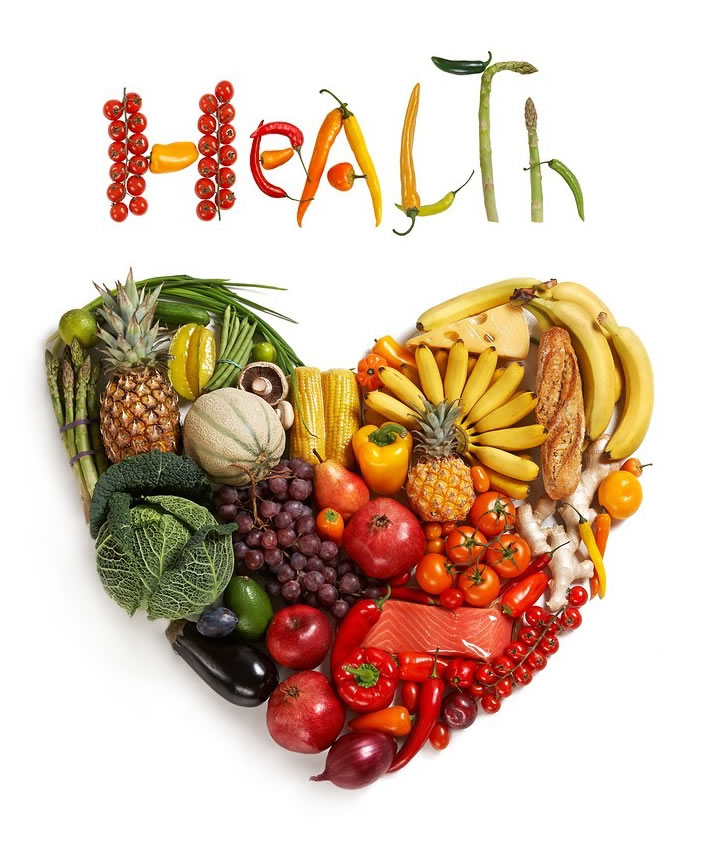Guest Blogger
Helen Sanders
We all know that getting enough fruits and vegetables into our diets is one of the keys to optimum health. Again and again we are told to get our ‘five a day’. However, with recent studies showing just how contaminated many of our most loved conventional fruits and vegetables can be with pesticides, maybe it’s time we rethink our fruit and veggie choices.
“An apple a day keeps the doctor away”, or so we’re told. But considering apples are one of the most contaminated fruits when it comes to pesticides, that may no longer be the case.

Non-organic farmers spray their crops with synthetic pesticides as standard practice. The reason being to kill bugs and weeds. Although most people have known about this for decades, standard thinking is that simply washing your produce before you eat it is enough to remove any harmful residue. Sadly, this is not the case.
Pesticides are absorbed by plants as they grow. After being washed, they can still linger on fruits and vegetables, even under the skin! Although the full extent is not yet known, pesticides are most definitely harmful when consumed, especially by children.
Studies conducted by the Environmental Working Group (EWG) have shown that a number of our family favorite fruit and vegetables are seriously contaminated. I bet these seven will surprise you.
7 Fruits and Vegetables Most Contaminated With Pesticides
The EWG analyzed data from the US Department of Agriculture showing that a whopping 75 percent of all fruit and vegetable samples tested were contaminated with at least one pesticide.
Strawberries
Strawberries are one of America’s most loved fruits, making it all the more disturbing that they were the most contaminated of the produce tested.
 When tested, more than six different pesticides were found on each batch of strawberries. Some, like malathion have been linked to cancer by the International Agency for Cancer Research. Carbendazim, another pesticide found on strawberries, is banned in the EU. However, many Americans are getting a daily dose on their breakfast.
When tested, more than six different pesticides were found on each batch of strawberries. Some, like malathion have been linked to cancer by the International Agency for Cancer Research. Carbendazim, another pesticide found on strawberries, is banned in the EU. However, many Americans are getting a daily dose on their breakfast.
Apples
Apples are another fruit loved by most Americans. Whether it’s a Bramley or a Golden Delicious, no one can resist that sweet crunch.
Most people avoid apples in too large a quantity due to their naturally high sugar content. However, you may want to think twice about eating them at all if you are biting into a non-organic, conventional apple. They ranked closely behind strawberries as the second most contaminated fruit.
Celery
Ah, our crunchy green weight loss friend. Celery is the go-to healthy snack for you average dieter. If you think celery is a super healthy convenience food or staple in your soups and stews, think again. Ranked fifth on the EWG dirty dozen of most contaminated produce, even when washed, celery is packed with pesticides.
Grapes
Who doesn’t love grapes? Albeit some may prefer theirs once they can be poured into a glass! Sadly, grapes are another let down fruit when it comes to pesticides, even when washed and peeled.
Spinach
Spinach is one of my favorite greens. Whether you love it on a salad or in a smoothie, we all hope to look like Popeye by eating enough of the stuff. Unfortunately though, as the 8th most contaminated fruit and vegetable, I may skip it in my smoothies from now on.
Tomatoes
I know what you’re thinking, everyone’s go to salad staple? Say it isn’t so! I’m sorry to tell you, our humble friend the tomato also managed to make the top 12 most contaminated fruit and vegetables.
Sweet Bell Peppers
I have to be honest, I find it difficult to make a meal without throwing in handfuls of multi colored bell peppers! Peppers are great all round vegetables that can be eaten raw or cooked. Sadly, if you don’t buy organic, you’ll be enjoying numerous pesticides alongside them.
The Problem With Pesticides
Many pesticides are considered harmful but worryingly, the extent of damage most pesticides long term is not fully understood.
We do know that they are incredibly harmful to children. Studies show lower IQ and poorer cognitive functioning in children who were exposed to pesticides in utero.
When it comes to eating non-organic fruits and vegetables, there’s no way to know exactly how many pesticides you are being exposed to.
Firstly because there is no legal limit on the amount of different pesticides used in foods. Secondly, some pesticides such as glyphosate are not tested for by the USDA. Although the US Food and Drug Administration (FDA) have stated they may begin testing foods for this dangerous pesticide.
How to Push Back Against Pesticides
Buying organic fruits and vegetables is the best way to avoid harmful toxins, especially for kids. Research has indicated that children who switch to an organic diet are essentially pesticide free in as little as five days.
If organic is hard to find or your budget is too tight for the costly price tag of USDA certified organic produce, you can start by prioritizing which fruits and vegetable you feed your family.
The EWG released a ‘clean fifteen’ list of produce which shows a number of fresh non-organic fruits and veggies which are considered safe to eat. Avocados, sweet corn and pineapple make the top three and are great choices to give your whole family, without the worry that your meals may be hurting your health.
Conclusion
Fruits and vegetables are an essential part of any diet. Going organic where you can and making smart food choices where you can’t will help you to get the most out of your produce without any nasty surprises!
Remember, if you want to avoid cancer-causing pesticides on your strawberries, you can always try growing your own. Growing your own fruits and vegetables where possible is a great way to monitor what goes into your food. It’s also a great way to get your kids interested in what they eat.

Helen Sanders is chief editor at HealthAmbition.com. Established in 2012, Health Ambition has grown rapidly in recent years. Our goal is to provide easy-to-understand health and nutrition advice that makes a real impact.